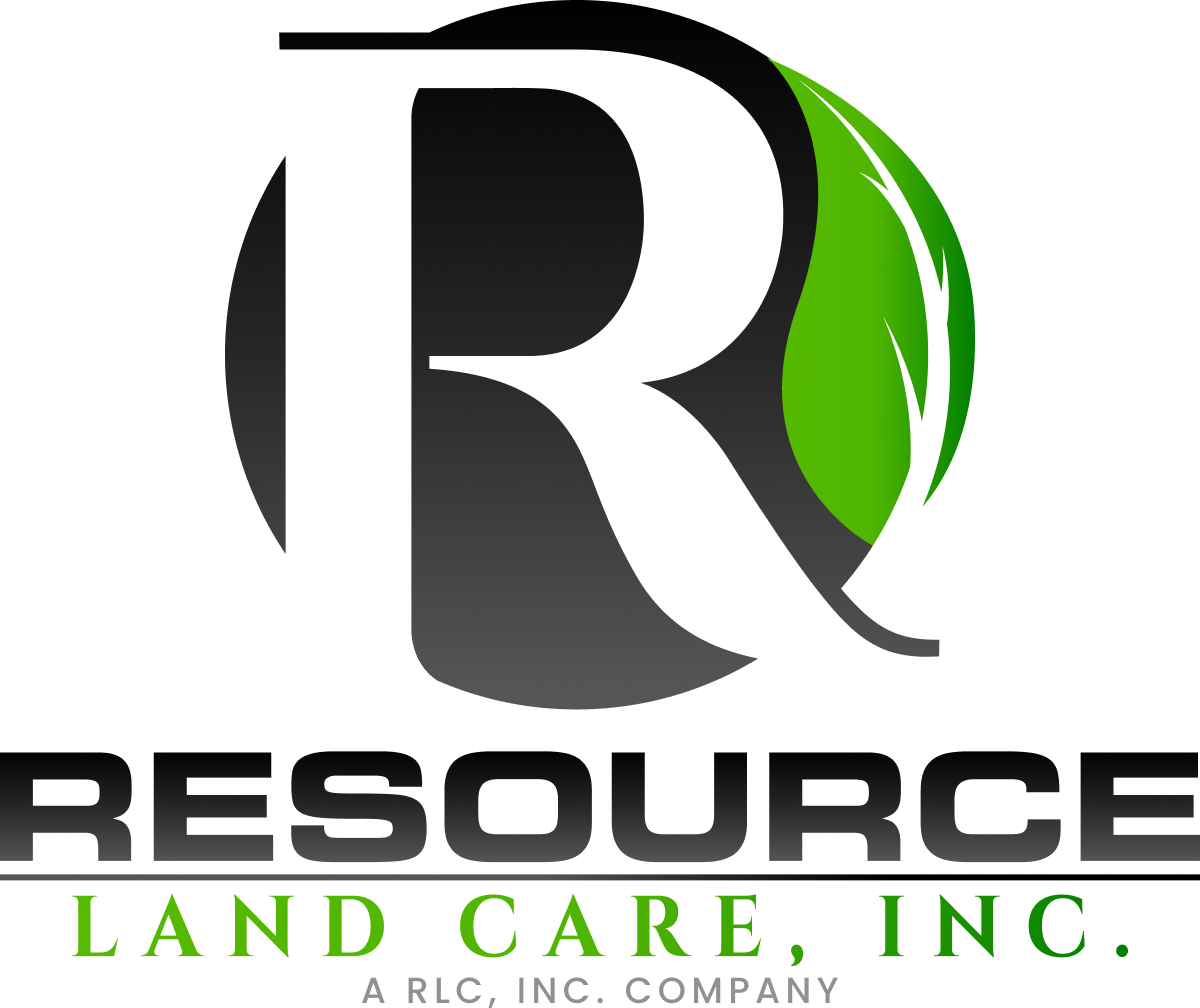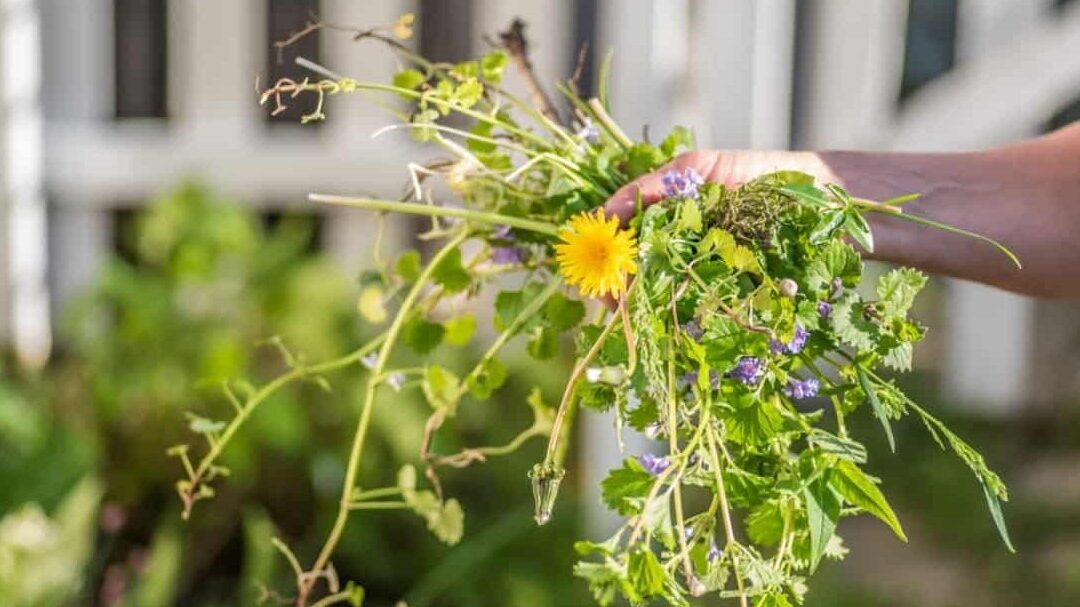Resource Landscaping wants to help the communities of Star, Meridian, Napa, Eagle, Cuna, Caldwell, and Boise take control of their weeds.
Anyone living in Idaho knows that we are a state that likes to shine. That’s why we are called the Gem State, as you can find over 72 different types of precious stones in this beautiful state. One thing that doesn’t make your home shine is having a field of weeds.
If you want to have a spectacular yard, you know how important it is to consistently keep up with mowing, trimming, fertilization, edging, and mulching. Something that can make or break your yard is having weeds popping up all over your property. The backbone of controlling weeds is timing and ensuring you apply the proper treatment that won’t damage your lawn, plants, and trees. That’s why our experienced team wants to share some of the best ways to keep those weeds under control.
What are some of the most common weeds in Idaho?
Weeds come in different forms: annual weeds that start from self-seed or perennial weeds with underground roots spreading throughout the ground. The most difficult to control is the perennial weed as it can spread by both seed and root. Keep in mind if you don’t pull a perennial from the root, you will have it come back year after year.
One of the most common annual weeds found in Idaho is Crabgrass. Although it is an annual weed, it acts like a perennial weed as the seeds can germinate and come back the following year. Did you know that crabgrass can produce approximately 150,000 seeds? Because it spreads so quickly, the best way to destroy the weed is with a pre-emergent treatment. This treatment will help to deter the weed from germinating and alleviate it from spreading across your yard.
Have you ever heard of a Canada thistle weed? This is a perennial weed, and it spreads by wind-borne seeds and has an extensive root system that goes deep into the ground. To tackle this weed, you want to apply weed control in the spring and fall before it can flower. It usually takes a few applications as even the smallest root can keep coming back each year. Be careful not to apply any herbicides on a windy day as you don’t want to damage other areas of your yard.
A perennial weed that almost every homeowner struggles to get rid of is dandelions. Did you know that dandelions have a 10-inch taproot that will spread from year to year? Believe it or not, at one point thousands of years ago, dandelions were used for traditional medicine. They also were part of many gardener’s flowerbeds in Europe. Then, suddenly, this plant was not welcomed in people’s yards and became a weed for some reason. The best way to rid your yard of dandelions without killing your grass is to use a broadleaf herbicide.
One of the strongest weeds to control is a Field Bindweed. It has twining and creeping stems that grow along the ground and attach themselves to other plants, creating an issue when controlling this weed. It is known to withstand the strongest herbicides, but using a broadleaf herbicide should bring good results.
What are the benefits of different herbicides?
Herbicides fall into two categories Pre-emergent and Post-emergent. If you want to stop weeds from germinating and interrupt them from growing, then applying a pre-emergent herbicide is going to give you the best results. Keep in mind, like with any herbicide; you always want to read the label, especially if you are thinking of overseeding areas in the yard as the herbicide can kill the grass seed too. Always wait six to eight weeks before using any herbicides, so the grass has a chance to grow.
If you have a bunch of weeds, you want to use a post-emergent herbicide as it can be the best line of defense against those existing weeds. Post-emergent herbicides can either be systemic, which destroys the root and absorbs all of the weed, or contact post-emergent, which will kill the stem and leaves on contact,
When applying systemic herbicides, make sure you saturate the soil entirely around the weed. This process is very effective when dealing with perennial weeds. Although a contact herbicide will give better results when controlling annual weeds as you apply to the leaves and stems.
Making the right choice when trying to tackle weeds is critical to the health of your yard. Suppose you mistakenly pick a nonselective herbicide that kills on contact, even your lawn, instead of a selective herbicide that will control weeds along with keeping the surrounding areas alive. This is just one reason to have our reliable team do the job for you, as our years of experience in lawn maintenance allows us to determine the type of weed and address it before it becomes a problem.
Are there other ways I can control weeds?
Another way to deter weeds is by adding mulch to your yard. When you have a layer of mulch, it acts as a blanket to the soil and keeps out the sunlight which will suffocate the growth of weeds. If you apply organic mulch, you get the added benefit of it decomposing into the soil and adding nutrients needed for a healthy growing season.
When controlling weeds, one thing to keep in mind is that they will make their way into your yard regardless of what you try to do. It can occur from birds bringing seeds into your yard, the wind blowing them into the lawn, or possibly not having proper lawn care. That’s why having our premium lawn and landscape services is the key to enhancing your home and having that spectacular curb appeal. Our services include landscaping, lawn care, edging, mowing, aeration, trimming, overseeding, weed control, and more! It’s time to sit back and let our dependable team rid your yard of those annoying weeds.
 (208) 810-5060
(208) 810-5060
